-

Still familiar
Samsung Galaxy Watch 7
$270 $300 Save $30
Samsung didn’t change much about how the Galaxy Watch 7 looks, leaving most of the changes to its performance.
Pros- Lightweight and comfortable
- Better hardware and software
- Brighter screen
Cons- No rotating bezel alternative
- Battery life still isn’t great
-
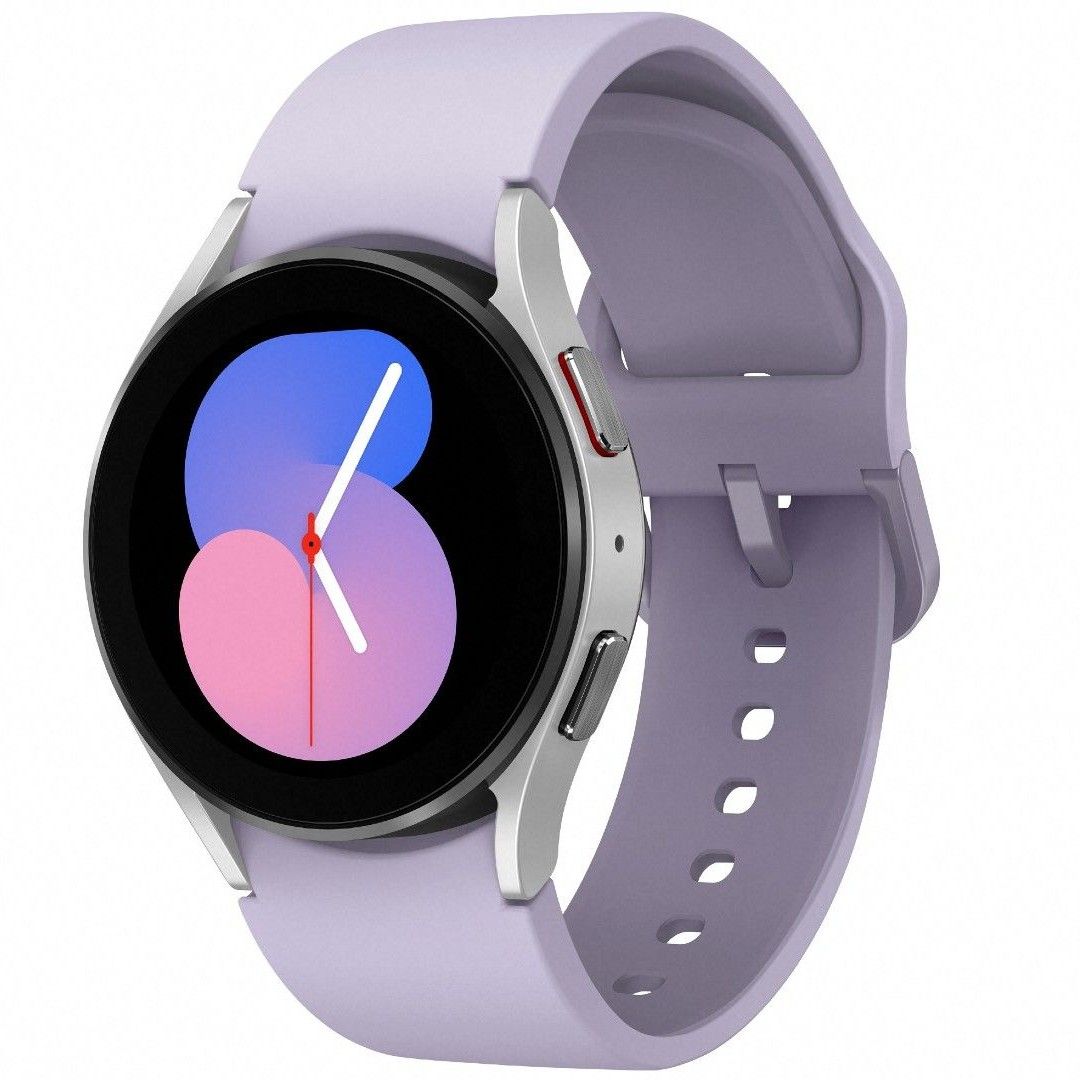
Sticking around
Samsung Galaxy Watch 5
The Samsung Galaxy Watch 5 set the tone for much of what its successors deliver, and it still gets updates, so this smartwatch ain’t done yet.
Pros- Not very different in design
- Vibrant display
- Still receiving updates from Samsung
Cons- Hardware will show its age
- Not as feature-packed
Two years of separation can make a big difference when comparing two similar devices from the same brand. Samsung usually doesn’t change as much year to year with its smartwatches, but add an extra 12 months, and the Galaxy Watch 7 feels like a bigger departure from the Galaxy Watch 5. This is partly due to hardware changes and how Wear OS and Samsung’s One UI function when better components are inside. Both have been on the list of best smartwatches for Android, so there are quality elements, either way.
Price, availability, and specs
Samsung starts the Galaxy Watch 7 at $300 for the 40mm size (in Green or Cream) and $330 (in Green or Silver) for the 44mm version. Pay another $50 for either size, and you get the LTE variant to give the watch cellular connectivity.
The Galaxy Watch 5 comes in the same two sizes, with Graphite, Sapphire, Pink Gold, and Crystal as the color options. You can find it starting for as low as $200, making it a more affordable alternative in Wi-Fi/Bluetooth and LTE versions, though Samsung no longer sells either from its own website. But other retailers with inventory are still moving units.
That also means Samsung’s trade-in deals will only apply to the Galaxy Watch 7. Since the company accepts its own wearables as tradeable assets, you could try trading in a Galaxy Watch 5 to help offset the cost of the Watch 7. Samsung also takes wearables from competing brands, like Google, Garmin, Fitbit, and Apple.
These watches follow the same iterative path, but the specs clarify the difference two years make:
-
Samsung Galaxy Watch 7 Samsung Galaxy Watch 5 Case size 40mm, 44mm 40mm, 44mm Case Material Aluminum Aluminum Display 1.3″ 432 x 432 AMOLED (40 mm); 1.5″ 480 x 480 AMOLED (44 mm) 1.19″ 396 x 396 AMOLED (40mm); 1.36″ 450 x 450 AMOLED (44mm) CPU Samsung Exynos W1000 Samsung Exynos W920 RAM 2GB 1.5GB Storage 32GB 16GB Battery 300mAh (40 mm); 425mAh (44 mm) 284mAh (40mm) or 410mAh (44mm) Cellular connectivity LTE (optional) LTE Bluetooth Bluetooth 5.3 Bluetooth 5.2 Software Wear OS 5 with One UI 6.1.1 Watch Wear OS 5 and One UI Watch Health sensors Optical bio-signal; electrical heart signal; bioelectrical impedance; temperature Optical bio-signal; electrical heart signal; bioelectrical impedance; temperature Dimensions 40.4 x 40.4 x 9.7mm (40mm); 44.4 x 44.4 x 9.7mm (44mm) 40.4 x 39.3 x 9.8mm (40mm); 44.4 x 43.3 x 9.8mm (44mm) Weight 28.8g (40mm); 33.8g (44mm) 29g (40mm); 32.8g (44mm) IP Rating IP68 IP68 Colors Green; Cream (40mm); Silver (44mm) Graphite, Silver, Pink Gold, Sapphire Price From $300 From $280
Design
Similar, but also very different
Coming from the same design lineage, it’s no surprise the Galaxy Watch 7 bears many of the hallmarks of the Watch 5, though it offers a larger display. That includes the sapphire glass screen first introduced in the Watch 5, along with the general button layout and lugs for the straps. You can use most straps from the Watch 5 on the Watch 7 or vice versa, maintaining a key element in either device’s accessory options. That goes for both 40mm and 44mm sizes, which Samsung has stuck with for several years.
The familiarity is such that neither watch will feel cumbersome to wear, especially since the weight and dimensional differences between the two are so minuscule. Neither has the physical rotating bezel of the Galaxy Classic line, leaving only haptic bezels as the attempted equivalent. Newer and more accurate BioActive sensors make the Galaxy Watch 7 a more advanced device, but from a physical standpoint, there’s no particular advantage in durability either way. Both have the same IP68 dust and water resistance.
They diverge in the internal components, where the Galaxy Watch 7 benefits from a faster processor, more RAM, and double the internal storage. That opens up greater possibilities for the newer model, even if many of Samsung’s software updates trickle down to the older Watch 5.
Not to mention nuances like peak screen brightness, which at 2,000 nits is double that of the Watch 5, making it easier to see in bright sunlight. Wear OS has also evolved since Samsung adopted it, adding to its watch capabilities over time that feels more substantial two years removed.
Software and health and fitness
Finer touches lead to more accuracy
The story here is really about what Samsung added or adjusted between the two models. Since they run on the same software, the distinctions will be less obvious off the bat. Case in point, navigating either watch won’t feel all that different, since the buttons and gestures stay the same. Samsung’s One UI is a unique overlay on Wear OS, and because the company tries to keep its watches current, the Watch 5 doesn’t feel like it’s been left behind.
But that’s only for a finite time. Major software updates can last for a few years until they fade out and leave the older device in stasis that way. Samsung is already promising updates to Wear OS 6 and likely longer than that, so the Watch 5 is hardly a device ready for complete obsolescence.
Functionally, the Galaxy Watch 7 holds an advantage because it’s more accurate. Improved GPS and BioActive sensors mean data like location, distance, pace, and heart rate will be more in lockstep than previous models. Plus, the extra storage space makes a big difference in accommodating apps and offline music playback. You can also use either watch to take an ECG (electrocardiogram) test — so long as you do it with a paired Samsung phone. Blood pressure monitoring still isn’t supported in the U.S. but works in several other regions.
Beyond the updates and slight upgrades, the two watches don’t veer off from their respective purposes. If you care deeply about GPS accuracy, the Watch 7 will do a better job because it adds dual-frequency, so that it’s better at knowing where you are and how far you’ve gone in cities with tall buildings and line-of-sight obstructions.
Battery life and charging
A bigger battery makes a difference
Incidentally, Samsung’s changes make the Galaxy Watch 7 the weaker of the two in battery life. If you’re lucky, you’ll crack 24 hours most days, but use it as you work out, and that will almost certainly mean reaching for the charger. While the 44mm may give you a little more runway because of its size, the discrepancy isn’t much to rave about. There’s also no Wireless Power Share compatibility anymore, so forget about any topping up from your phone. Not only that, the Watch 7 also supports the WPC standard, so it won’t charge on conventional Qi wireless chargers.
These are issues that don’t hamper the Galaxy Watch 5, though there is a catch. Further software updates are likely to demand more from the aging hardware components, which will almost certainly affect how long the watch lasts. As is, the Watch 5 will outlast the Watch 7 on any given day, but only just.
Which should you buy?
This should be a fairly easy choice because it’s simply a matter of newer vs. older. The Galaxy Watch 7 is Samsung’s best overall wearable in performance and price. Yes, the company has cheaper models, but if you’re looking for the latest features, this is the best option right now. There’s enough of a gap between these two to warrant an upgrade. But your decision also hedges on just how much you feel you’ll benefit from the improvements.
More often than not, it’s not worth upgrading one generation removed from the current model. Here, we are two generations apart, which widens the gap between what these smartwatches can do. The Galaxy Watch 5 may be an older device, but it’s still viable and Samsung isn’t abandoning it, whereas the Watch 7 is the one that gets all the updates first. Based on what you want to prioritize, it may be simpler to just go for what’s new if you can handle the mediocre battery life.

Familiar territory
Samsung Galaxy Watch 7
Classic design with some upgrades
$270 $300 Save $30
The Samsung Galaxy Watch 7 carries on from the company’s previous smartwatches and remains one of the most comfortable to wear.
The Galaxy Watch 5 can do a lot of what its successor can do, only it takes longer for it to get the requisite updates to catch up. The hardware will show its age in time, but there’s nothing stopping a casual user from enjoying what it can deliver.

Still in the mix
Samsung Galaxy Watch 5
Capable, even with its older setup
The Samsung Galaxy Watch 5 introduced some of the standard features in the Galaxy Watch 7, and it still gets updates to stay as current as possible.
Source link

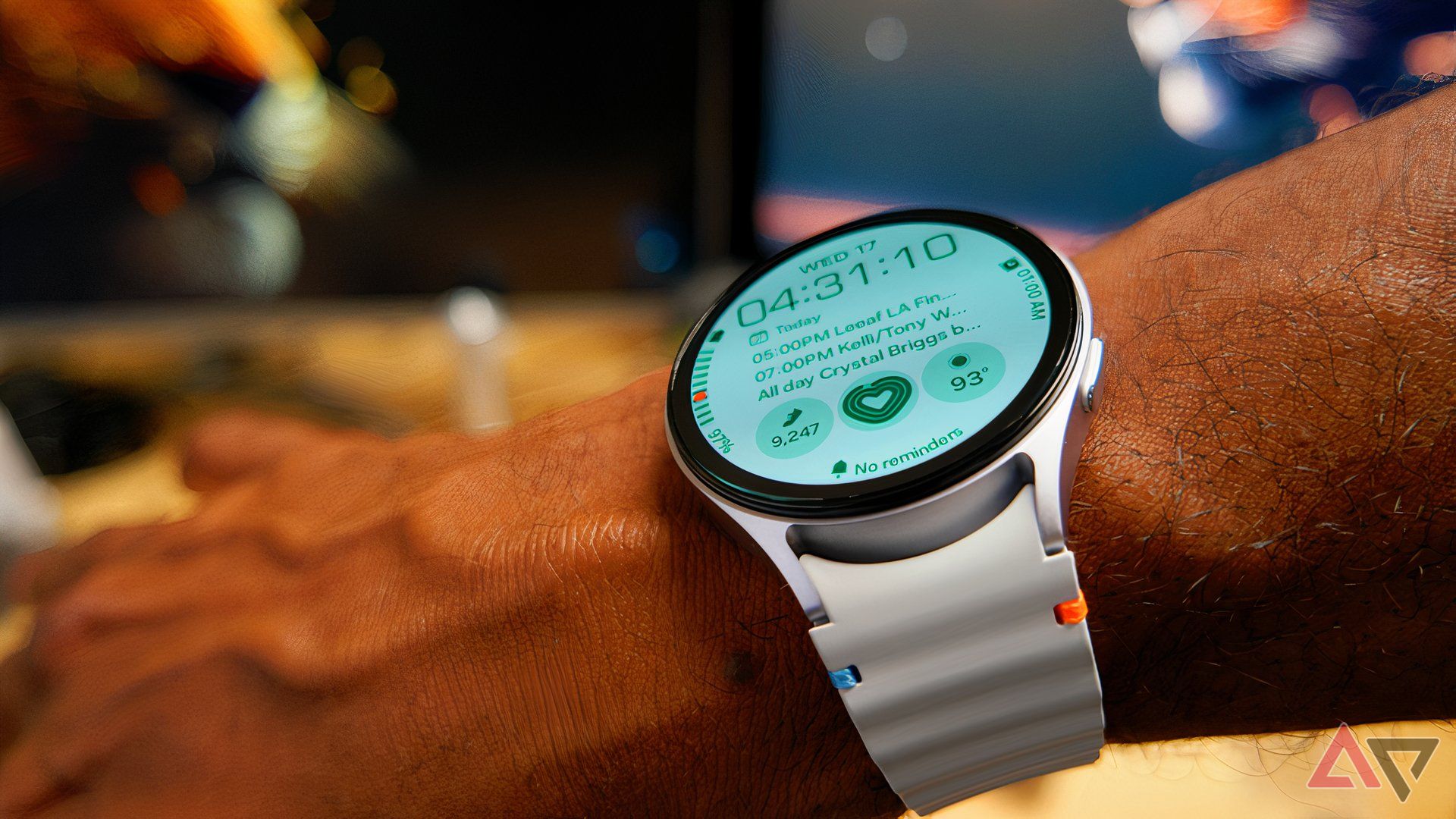
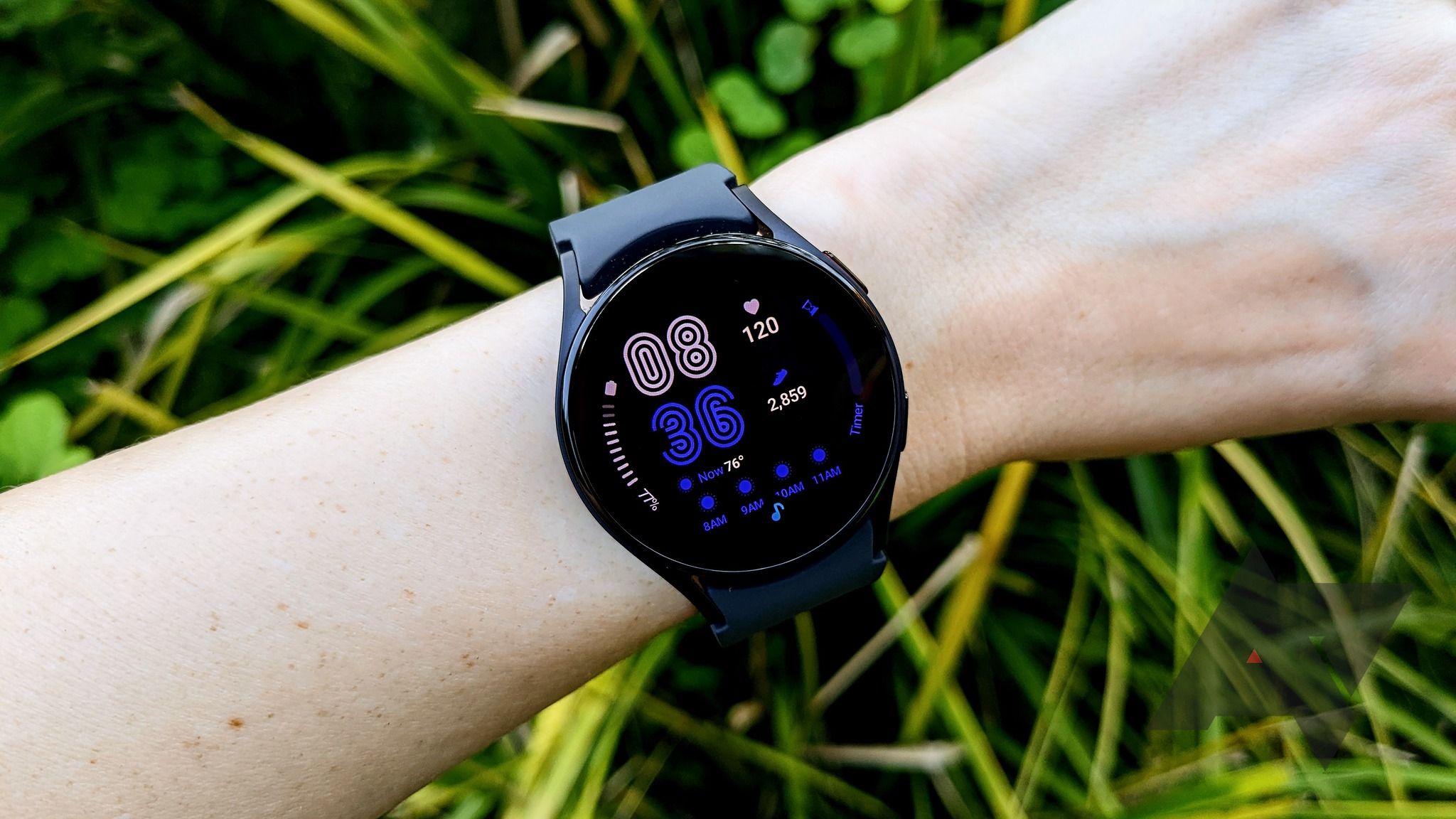
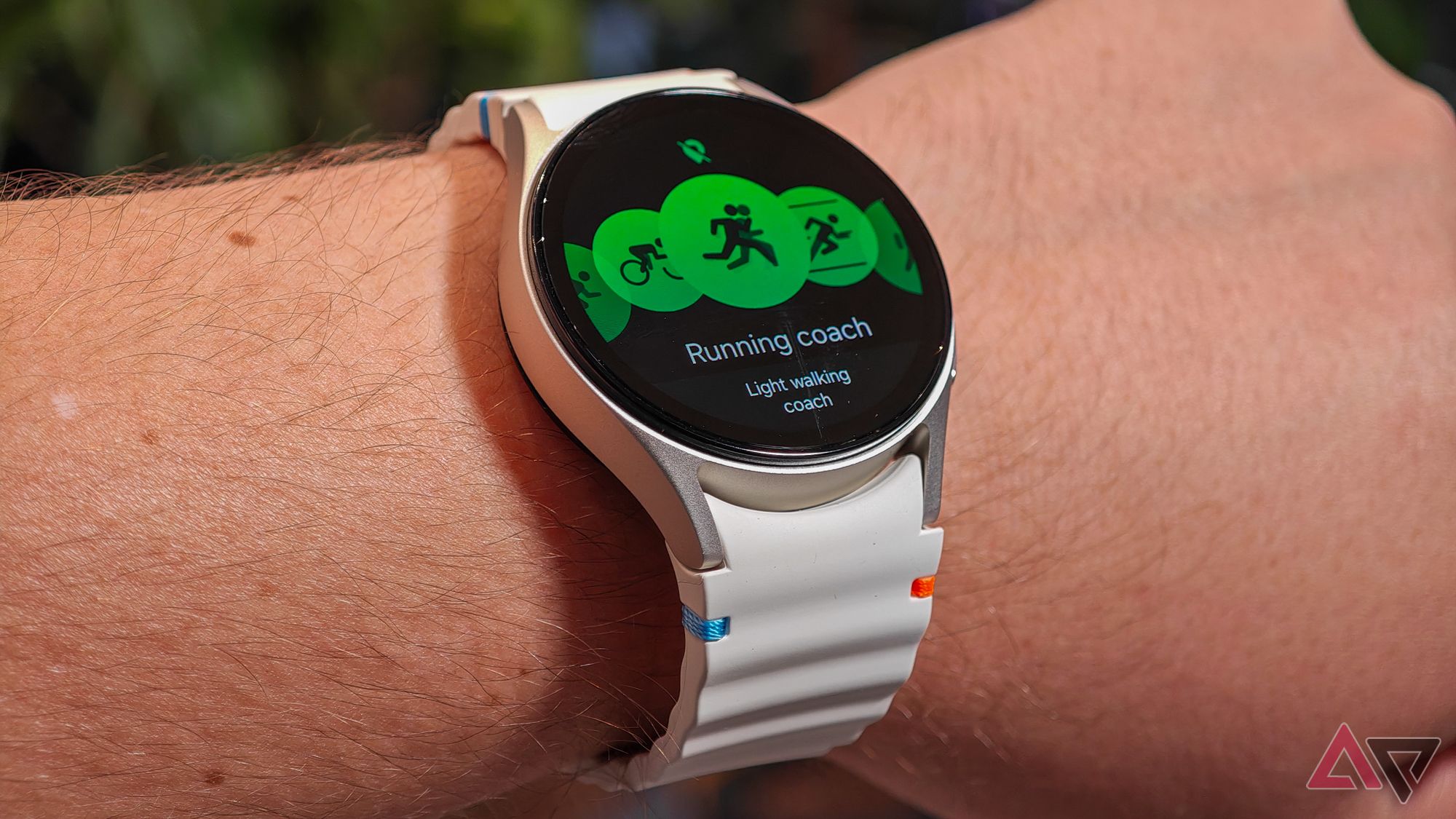
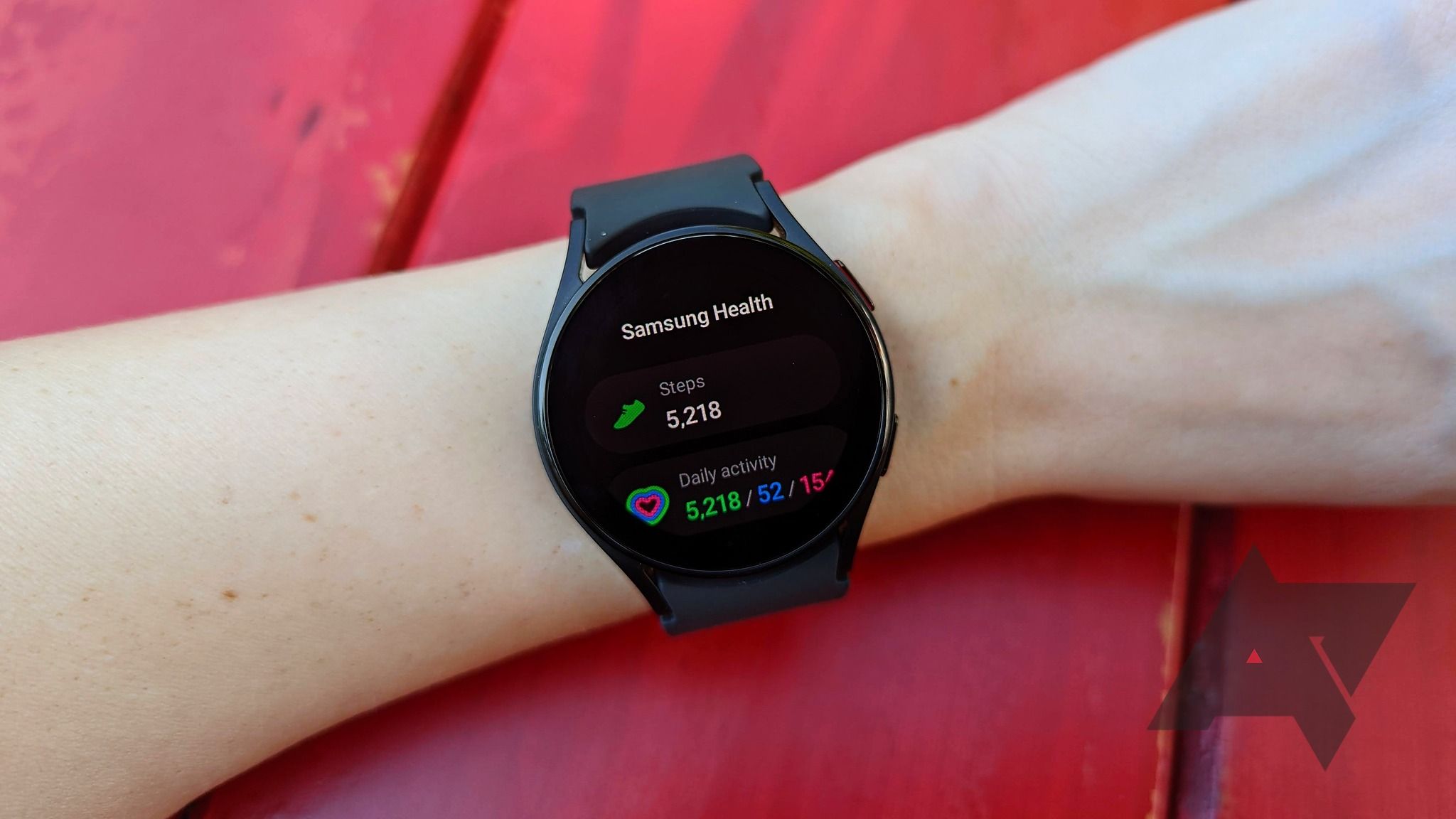
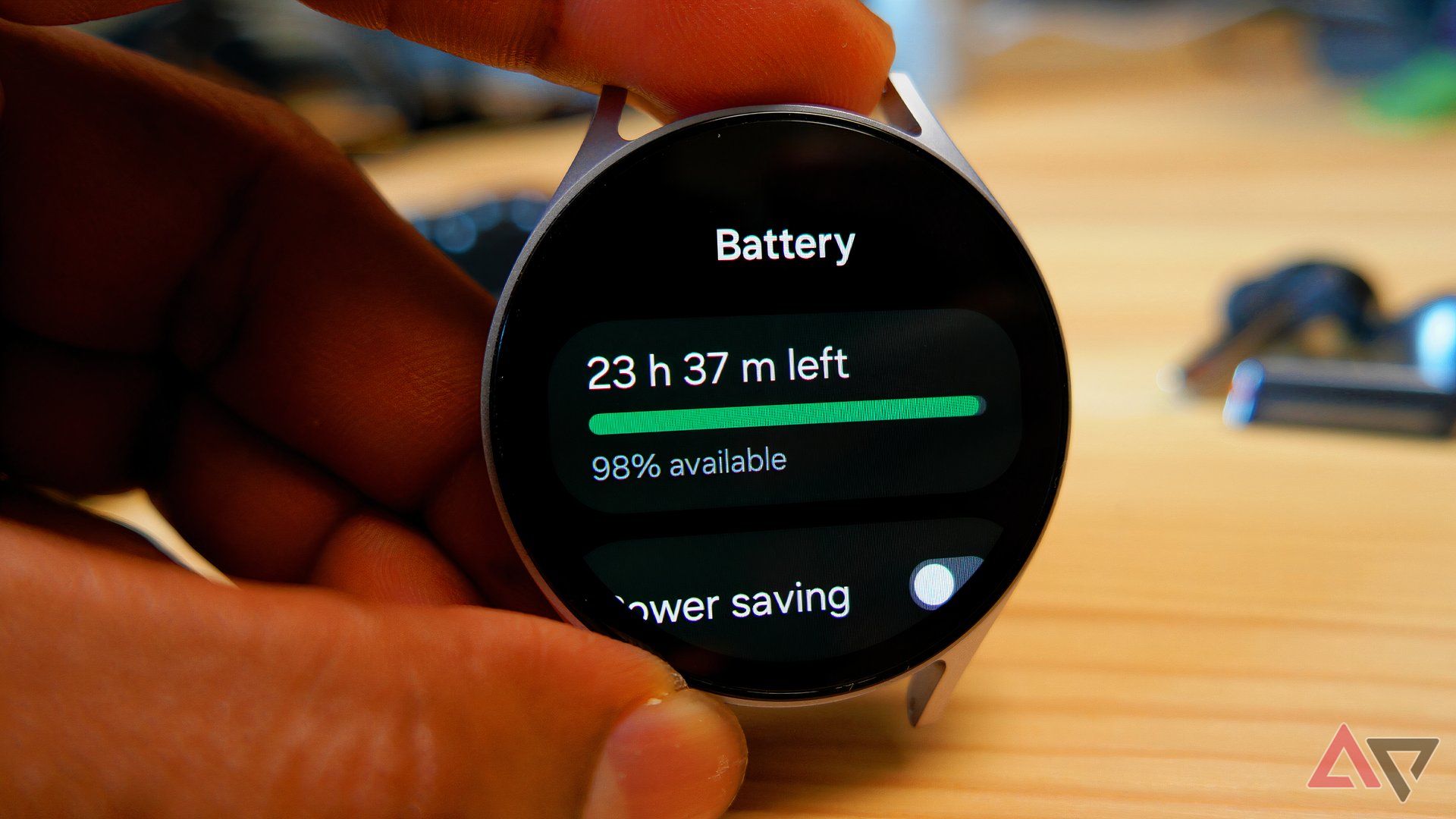
![I wish Android had this [Video]](https://www.theandroid.net/wp-content/uploads/2024/09/i-wish-android-had-this-video-thumbnail-150x150.jpg)